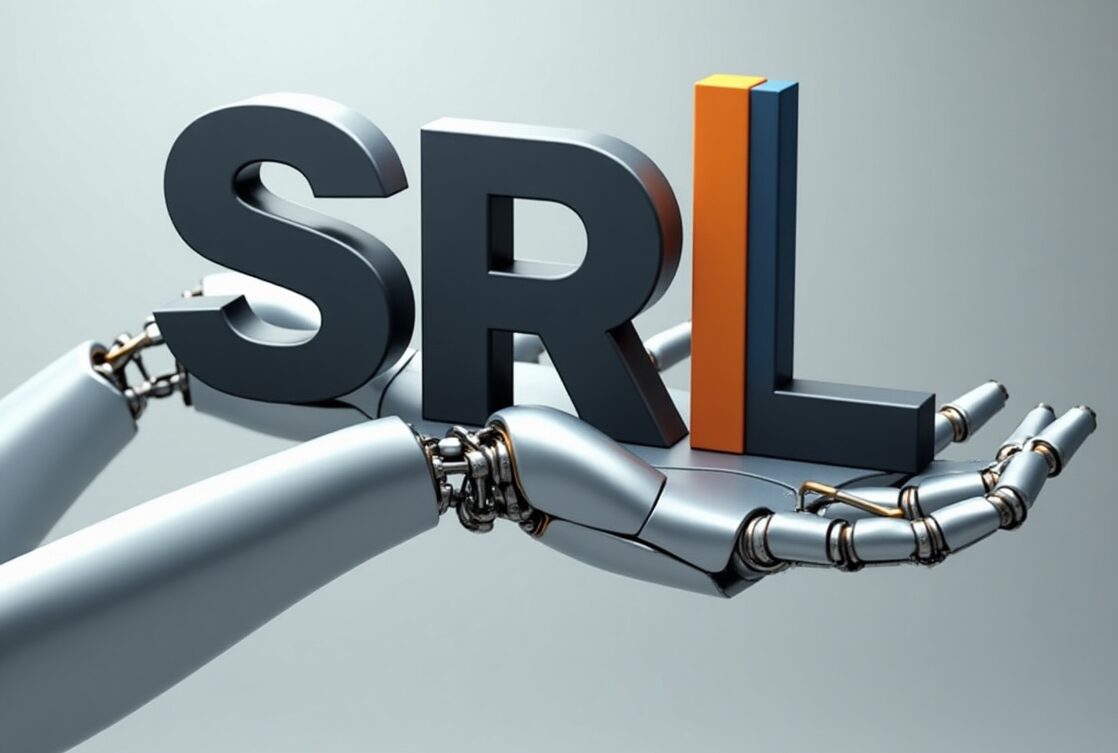As we step further into 2025, the international oil market continues to be influenced by a mix of geopolitical developments, production adjustments, and changing demand trends. For oil-dependent countries like Nepal, understanding the direction of crude oil prices is crucial—not just for policy-makers, but also for businesses, logistics companies, and everyday consumers.
At Sharma Roadlines Pvt Ltd, which is actively involved in the petroleum transport sector, especially supplying to Nepal Oil Corporation, staying ahead of oil price trends is essential. In this blog post, we explore what’s shaping global oil prices and how these changes could impact Nepal in the days to come.
Current Global Oil Market Trends in 2025
1. Fluctuating Prices Due to Geopolitical Factors
In the past few months, global oil prices have been on a rollercoaster ride. Following a U.S. court decision to block specific tariffs, investor sentiment briefly improved, pushing Brent crude up by over 1.2%, reaching around $65.68 per barrel, while West Texas Intermediate (WTI) rose to $62.62 per barrel.
However, this optimism is fragile. With ongoing tensions in the Middle East, uncertainty in European energy policy, and a looming global economic slowdown, any positive shifts are often short-lived. This environment of uncertainty continues to keep oil traders on edge.
2. OPEC+ and the Supply Equation
The Organization of the Petroleum Exporting Countries (OPEC) and its allies, commonly known as OPEC+, remain key players in controlling oil supply. Recently, OPEC+ announced potential plans to increase crude output by approximately 411,000 barrels per day starting July. This comes after a previous increase of nearly 1 million barrels per day to stabilize supply.
This move is largely aimed at balancing the market and curbing price volatility. However, increased supply usually puts downward pressure on prices unless matched by equal or higher demand.
3. Demand Recovery Still Uneven
Even as some economies, particularly in Asia and North America, show signs of recovery, demand for oil remains inconsistent. High inflation, tighter monetary policies, and a cautious outlook on global growth are slowing down the full recovery of oil demand, particularly in developing nations.
Forecast: Where Are Oil Prices Headed?
Most analysts expect moderate movements in oil prices in the coming months, barring any major geopolitical disruptions.
- The U.S. Energy Information Administration (EIA) projects the average Brent crude price for the second half of 2025 to be around $74 per barrel.
- Leading financial institutions like Goldman Sachs suggest that Brent could fluctuate between $70 and $85, averaging at $76 per barrel.
These predictions take into account a balanced market where OPEC’s production strategy, economic growth, and geopolitical stability all play a part.
Impact on Nepal: What to Expect
Nepal, being a landlocked and oil-import dependent country, is particularly vulnerable to global oil price swings. Nepal Oil Corporation (NOC) sets local fuel prices based on international trends and supply contracts with Indian refineries.
Here are key factors that will shape oil prices in Nepal:
1. Global Benchmark Prices
When international prices rise or fall, it directly affects the rates set by NOC. For example, if Brent crude drops below $70, Nepalese consumers may see a small reduction in fuel prices, assuming no major rupee depreciation.
2. Exchange Rate with the U.S. Dollar
Since oil is traded in dollars, the value of the Nepalese Rupee (NPR) against the USD is critical. A weaker NPR means higher import costs—even if global oil prices are falling.
3. Transportation and Logistics Costs
Nepal’s challenging terrain makes fuel distribution more expensive. In addition, any increase in freight or customs duties can also push prices up. At Sharma Roadlines Pvt Ltd, we continually assess route optimization and fuel efficiency to keep delivery costs in check for our partners.
4. Government Taxes and Subsidies
Nepalese fuel prices also reflect government policy decisions. In recent years, the government has reduced subsidies on petroleum products to manage fiscal deficits. If global prices surge, it’s unlikely that full subsidies will return—meaning consumers will bear the brunt.
What Could Petrol and Diesel Cost in Nepal?
If global prices stabilize around $74–$76 per barrel and the exchange rate remains steady, we may expect:
- Petrol in Nepal to range between Rs. 165 – Rs. 180 per liter
- Diesel to hover around Rs. 145 – Rs. 160 per liter
However, these are only indicative figures. Any significant shifts—like a new conflict in oil-producing regions or currency devaluation—can alter these estimates rapidly.
Final Thoughts: Preparing for Uncertainty

For a company like Sharma Roadlines Pvt Ltd, which operates in cross-border petroleum logistics, tracking oil prices is more than a financial exercise—it’s a critical part of operational planning. We understand that fuel is a lifeline for the economy, and our goal is to ensure timely, efficient, and affordable delivery, no matter how unpredictable the market becomes.
Key Takeaways:
- Global oil prices in 2025 are likely to average between $70 and $85 per barrel.
- Nepal’s fuel prices are closely tied to international benchmarks, exchange rates, and local logistics.
- Consumers and businesses should prepare for moderate fluctuations, not extreme spikes or crashes.
Stay Updated with Sharma Roadlines Pvt Ltd
We’re committed to keeping our clients, partners, and stakeholders informed about critical developments in the petroleum sector. Follow our blog for regular updates on oil market trends, logistics strategies, and Nepal-focused fuel insights.
